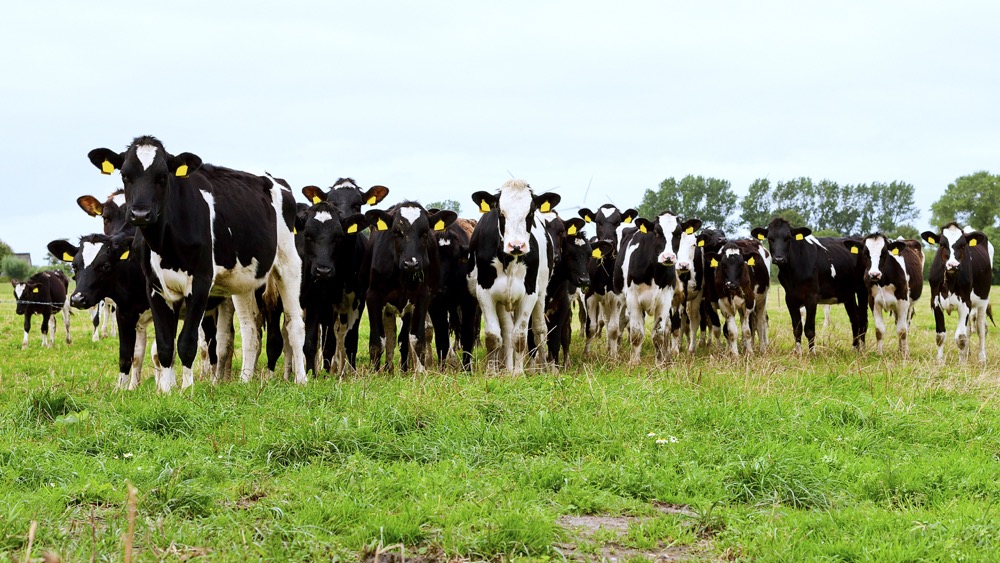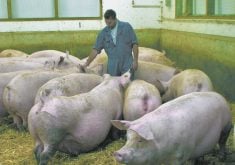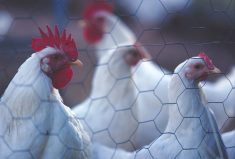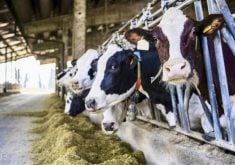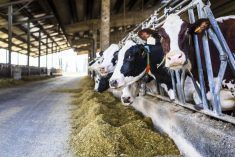Dairy customers of Semex now have a more in-depth decision to make if they aim to increase the resistance of their herd to disease, thanks to an updated version of the Canadian bovine genetics provider’s Immunity+ program.
Until now, Semex bulls have been listed as either having Immunity traits or not. In the company’s recently released August 2022 proofs, however, each bull is given a rating – relative to an average score of 100 – for both Immunity and Calf Immunity.
Why it matters: The Immunity+ rating system, developed at the University of Guelph has been a differentiator for Semex, the Canadian federation of farmer-owned dairy genetics cooperatives, and of value for dairy farmers. However, it is now not the only health trait index on offer.
Read Also
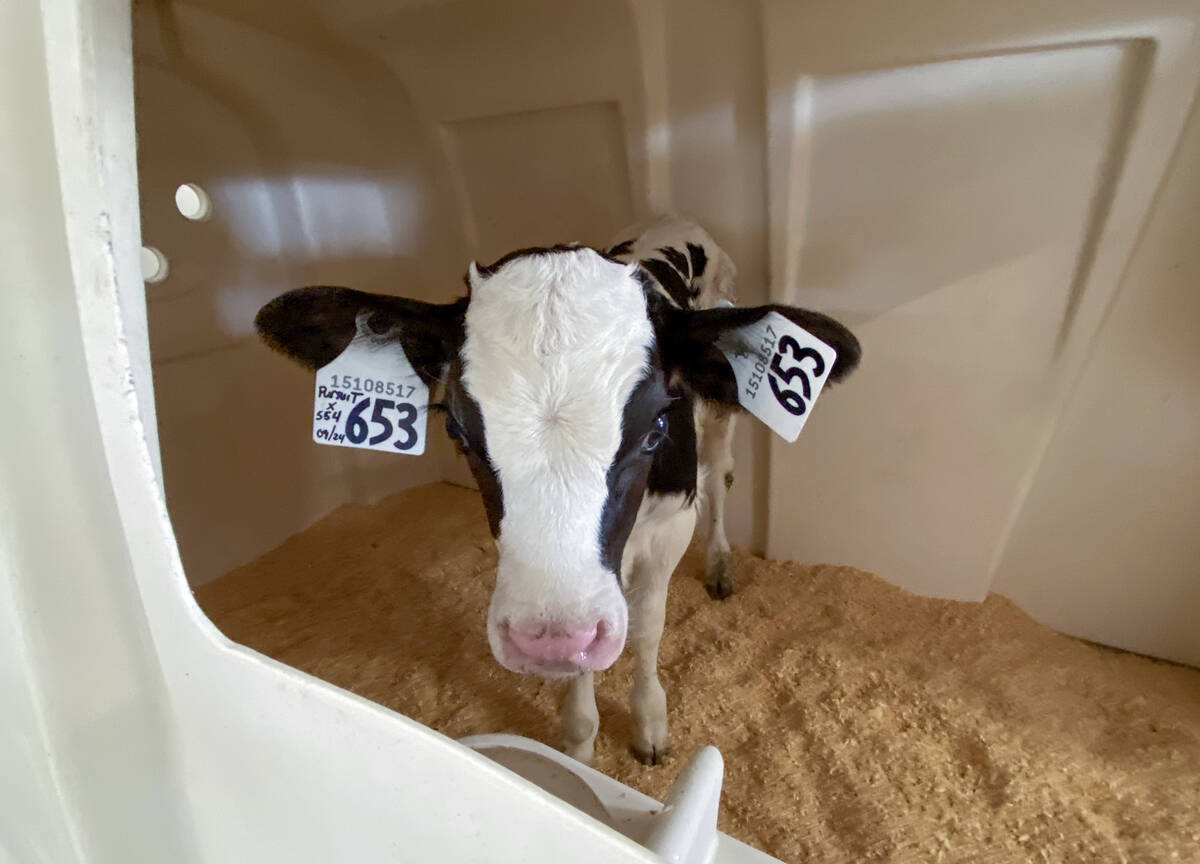
Lactanet turns methane expertise into business opportunity
Lactanet’s new fee-for-service breeding tool initiative to reduce greenhouse gas emissions in Canadian and Swiss Holstein herds will launch in April 2026.
To enhance the genetic tool, Semex combined on-farm data from nearly 350,000 animals with data from other publicly available disease trait indexes – a formula that, according to Semex Vice President of Marketing Solutions Jay Shannon “makes it hands-down the most effective means to make gains in animal health.”
The values now assigned to bulls – as well as to genomic-tested females enrolled in the company’s “Elevate” program – give a level of legitimacy to a trait that, until now, looked more like a marketing strategy.
Shannon and Director of Genomics and Analytics Dr. Steven Larmer delivered a recent webinar to industry stakeholders about the updated index.
“When we introduced Immunity+ 10 years ago, there were essentially no disease traits – just somatic cell, productive life, herd life, DPR (daughter pregnancy rate), daughter fertility,” Shannon said. “But now there are disease traits offered from many sources.”
Across all traits, Larmer said, Immunity+ had proven its worth. But it wasn’t necessarily matching the effectiveness of other available indices on a trait-by-trait basis. Plus, the company wanted to incorporate the knowledge that has been gained over the past decade through genomics.
The goal of the enhanced Immunity+, Shannon explained, was to take disease traits from all different publicly-available sources “in a blended approach…to find the best prediction” to minimize disease costs.
Semex was already a market leader in the field, with access to a multitude of health records globally. Larmer says the company’s work on updating its own database took in approximately 100 large dairy herds, over 333,500 animals – nearly 70,000 of those genotyped – and almost 170,000 instances of either mastitis, lameness, retained placenta, metritis, ketosis displaced abomasum, fertility disorder, pneumonia, or diarrhea.
Then, to blend the Immunity+ insight with the other publicly available tools, “we created a machine learning model that optimized those index values.” Machine learning was used, he explained, because the exact relationships between the different genetic tools couldn’t be determined. But by running all the data through a computer program, “we can automatically account for all those co-relations that are happening under the hood, behind the scenes.”
Since its inception, Immunity+ has placed a significant focus on Antibody-Mediated Immune Response (AMIR) and Cell-Mediated Immune Response (CMIR). “The antibody component fights bacterial infections that are outside the cells of the body such as those responsible for mastitis, metritis and digital dermatitis,” says Semex. “The cell component fights viral and mycobacterial infections that reside inside the cells of the body such as those responsible for viral pneumonia, retained placenta and Johne’s” disease.
And that dual focus remains for the new program. But in keeping with the findings from the comparisons with other indices, additional weighting has been placed on mastitis and metritis to make up for what Larmer conceded were weaknesses in the initial version.
Another change is the addition of a measure for nitric oxide levels. “Nitric Oxide itself is toxic to invading organisms, and can kill off minor infections before the rest of the immune system needs to be involved,” says Semex materials. “(It) is also a signalling molecule that primes other components of the immune system to act when dealing with larger pathogen challenges. Although all its roles in the immune system are not well known, it has been shown to have a positive impact on infectious diseases, tumors, autoimmune processes and chronic disease.”
Larmer says his team’s early results indicating the next generation Immunity+ will improve herd-wide disease resistance. “Seeing that step change forward in terms of the reduction of disease was surprising,” he said. “It was obviously a very pleasant surprise but, I guess, speaks to the power of some of the methods we used here.
“This is a very novel thing, using a machine learning algorithm to develop a genetic index. It’s not something that’s been done broadly before but you can see the power in doing so here because we get that significant step forward.”
Until now, once a bull achieved Immunity+ status it maintained that status permanently. Now, however, a bull’s rating – more than 100 if it’s better than average, or less than 100 if it’s below average – will change with each new round of proofs.
Currently, Shannon noted, approximately 73 per cent of bulls in the Semex line-up have scores greater than 100.




